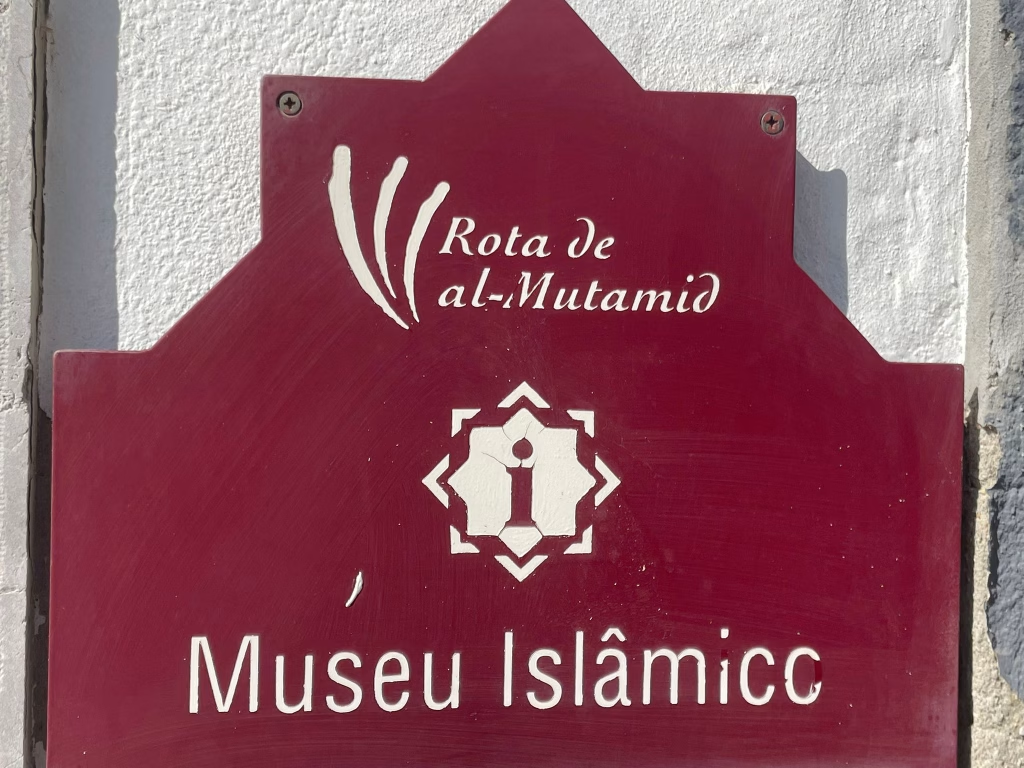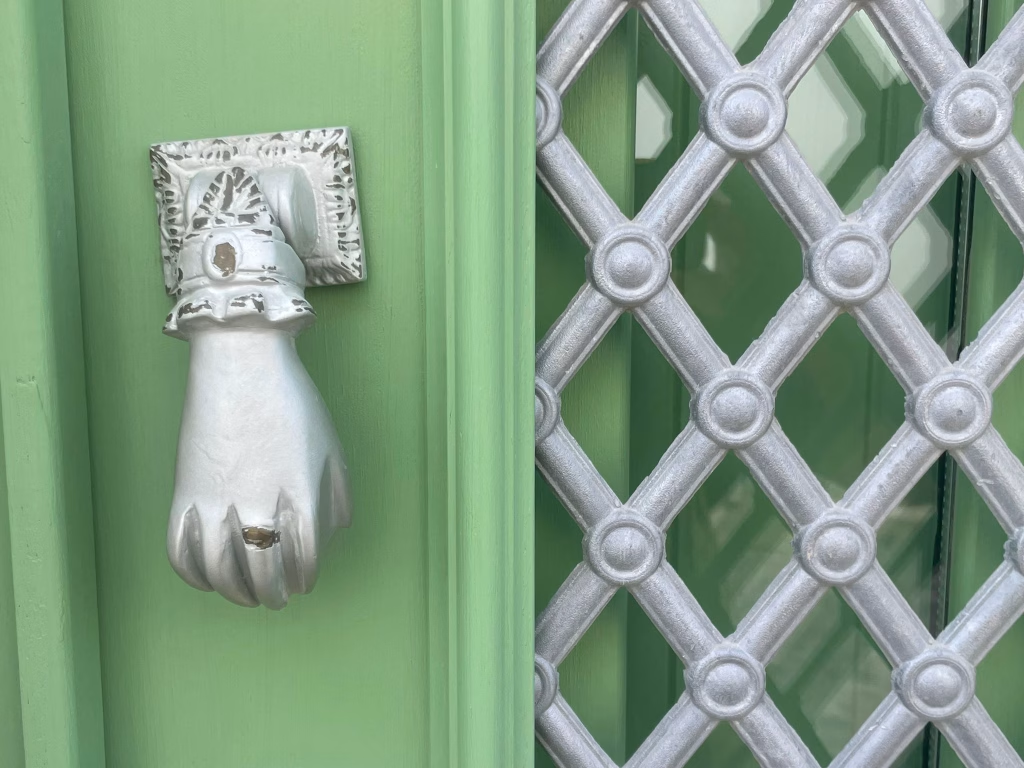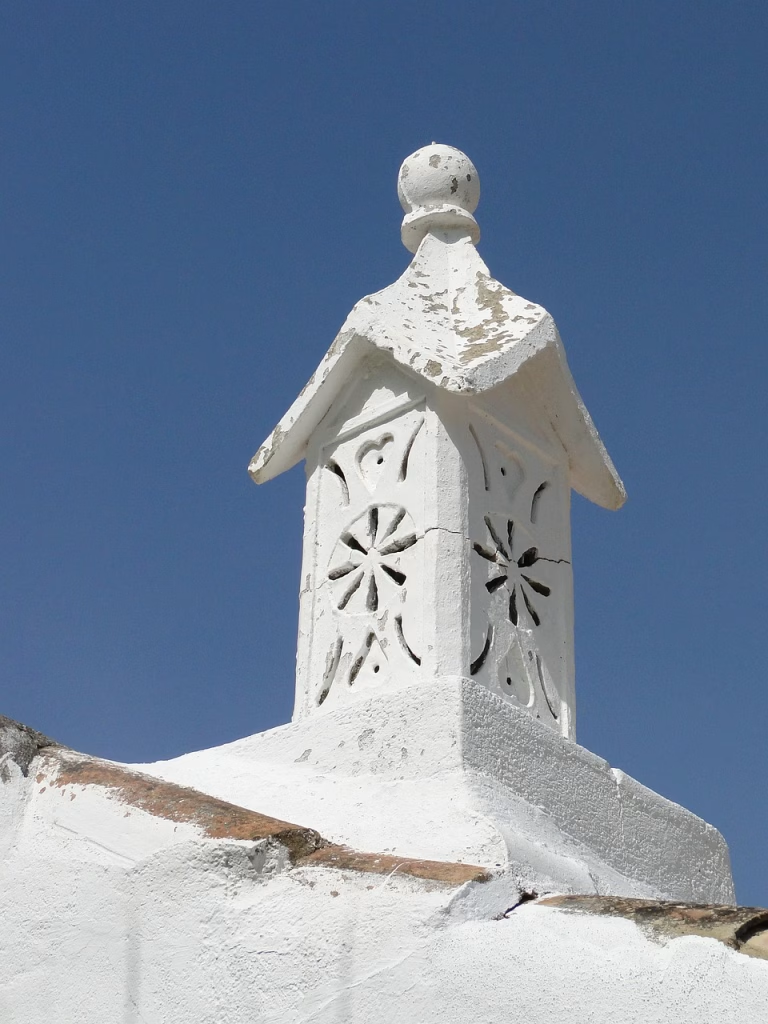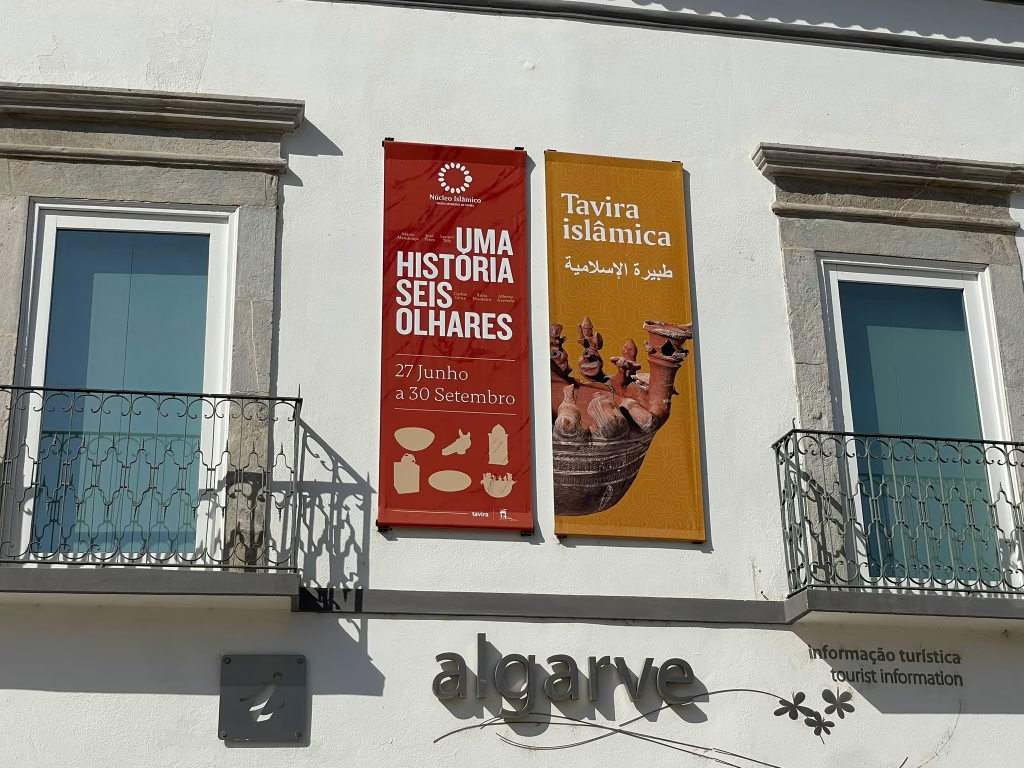No coração de Tavira, a dois passos da Ponte Romana, encontra-se um refúgio tranquilo onde os habitantes locais bebem café expresso, os avós conversam à sombra e as crianças correm atrás dos pombos nos bancos de azulejos. Bem-vindo ao Jardim do Coreto -O jardim público mais antigo de Tavira e uma das suas alegrias mais tranquilas.
Quer esteja na cidade para um fim de semana ou para ficar mais tempo, esta pequena praça verde merece uma visita demorada.
💚 Um jardim com história
O Jardim do Coreto remonta à época final do século XIX A partir de meados do século XX, os jardins públicos começaram a surgir em Portugal como espaços cívicos tranquilos. A versão de Tavira ainda mantém o seu charme do velho mundo, com candeeiros de ferro forjado , um vintage coreto (coreto) e uma disposição frondosa que oferece uma sombra fresca nas tardes quentes.
O jardim foi carinhosamente mantido e ligeiramente modernizado - os bancos foram pintados de fresco, os canteiros de flores rodam sazonalmente e há até uma pequena fonte escondida entre palmeiras e pinheiros. Mas nunca parece demasiado cuidado; é como se o tempo passasse mais devagar aqui.
Um lugar para fazer uma pausa
O jardim está virado para o Mercado da Ribeira (Mercado da Ribeira) e situa-se entre dois dos melhores miradouros ribeirinhos de Tavira. É um local natural para:
- Desfrutar de um pastel de nata de uma padaria próxima
- Ler um livro debaixo de um jacarandá
- Observar as pessoas enquanto os habitantes locais passam a caminho da Ponte Romana
- Assistir a uma banda ao vivo durante os fins-de-semana do festival (sim, o coreto ainda está a ser utilizado!)
Os pais adoram-no porque há espaço para as crianças andarem em segurança e os bancos oferecem um descanso bem-vindo entre os passeios turísticos mais longos.
🎨 Azulejos, arcos e âncoras
Reserve algum tempo para admirar a azulejaria histórica embutidos nos assentos - alguns retratam a vida rural, outros o mar próximo. Há até uma referência à história piscatória de Tavira, com motivos de ancoragem e imagens de navios escondidas à vista de todos.
Na extremidade do jardim, verá a curva suave do Rio Gilão -um sonho de fotógrafo na hora dourada. Continue a andar e chegará ao Praça da República em menos de um minuto.
🌺 Conselhos práticos
- Onde : Em frente ao Mercado da Ribeira, ao longo da Avenida Dr. Mateus Teixeira de Azevedo
- Quando visitar : De manhã cedo para a paz; ao fim da tarde para a luz dourada e para observar as pessoas
- Cafés nas proximidades : Experimentar Padaria Vila Doce ou A Casaambos a poucos passos de distância para lanches para levar ou almoços rápidos
- WC público : Situado à saída do Mercado ou na Praça
🌞 Porque gostamos dele
O Jardim do Coreto pode não chamar a atenção - mas não precisa de o fazer. É o tipo de sítio onde se vê um homem de 90 anos a ler o Jornal do AlgarveUm adolescente a tocar uma guitarra e um turista como você a sorrir tranquilamente, sentindo-se estranhamente em casa.
Por vezes, as melhores surpresas de Tavira são as que ficam quietas.
Jardim do Coreto também: Música, Dança e Festivais Locais
Durante os meses mais quentes, Jardim do Coreto transforma-se num palco cultural vibrante - acolhendo residentes e visitantes com música, dança e festa à sombra das palmeiras e do antigo coreto de ferro.
- 🎤 Fado no Coreto returns todos verão, de meados de julho a finais de agosto . Fadistas emergentes como Pedro Viola , Helena Candeias , Inês Gonçalves , Melissa Simplício e Sara Gonçalves Os fadistas revezam-se no coreto, trazendo a intensidade emocional do fado tradicional a este cenário de jardim intimista - parte do programa cultural oficial de Tavira "verão em Tavira".
- 💃 Para o últimos anos , o jardim também acolhe dois Grandes Bailes de verão A cultura popular e o convívio entre gerações. Entre elas orquestras de dança ao vivo interpretando ritmos portugueses e latinos, convidando todos - jovens e idosos - a dançar nas noites quentes de julho sob o céu aberto.
- Durante a primavera, o jardim frondoso torna-se um local central para Mostra da primavera A Mostra de primavera de Tavira. Em abril, o Jardim do Coreto recebe espectáculos de acordeão , espectáculos de dança folclórica dos ranchos locais, teatro de marionetas, espectáculos musicais como os Banda Musical de Tavira e mostras comunitárias que reúnem artesanato e tradição num único local festivo.
Quer seja ao som do fado ou dos passos animados de uma dança de aldeia, o Jardim do Coreto vibra com a cultura de Tavira durante todo o ano.








